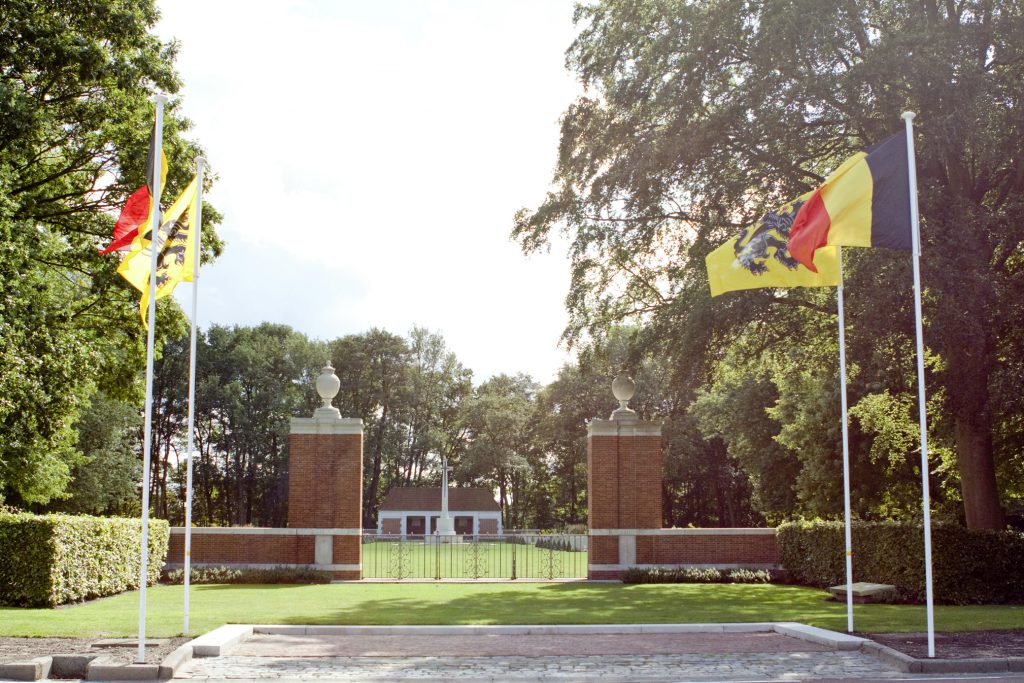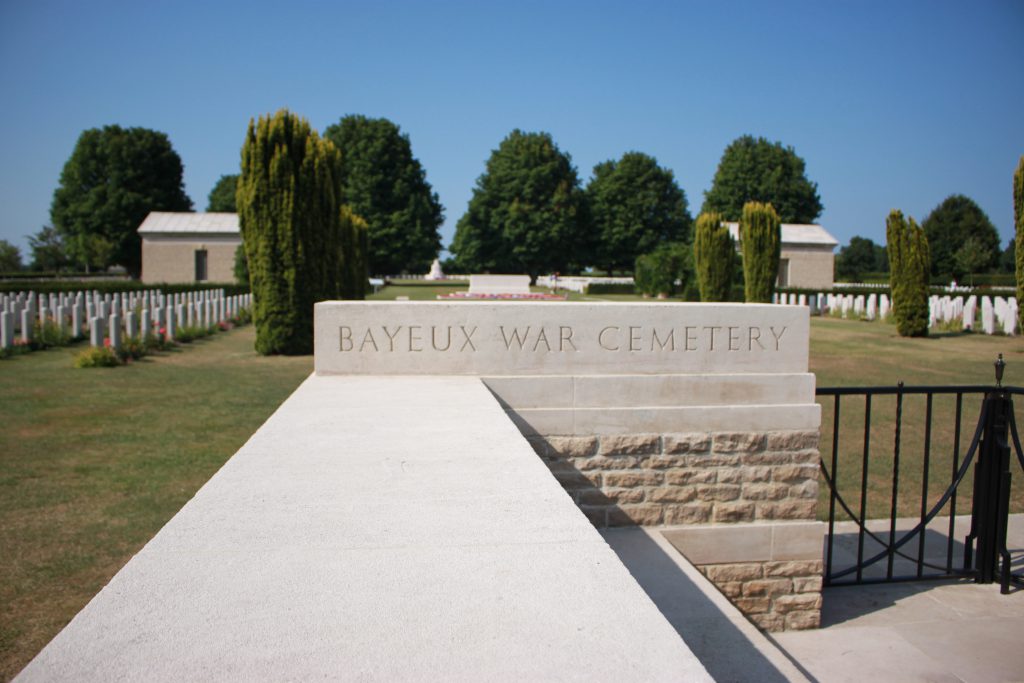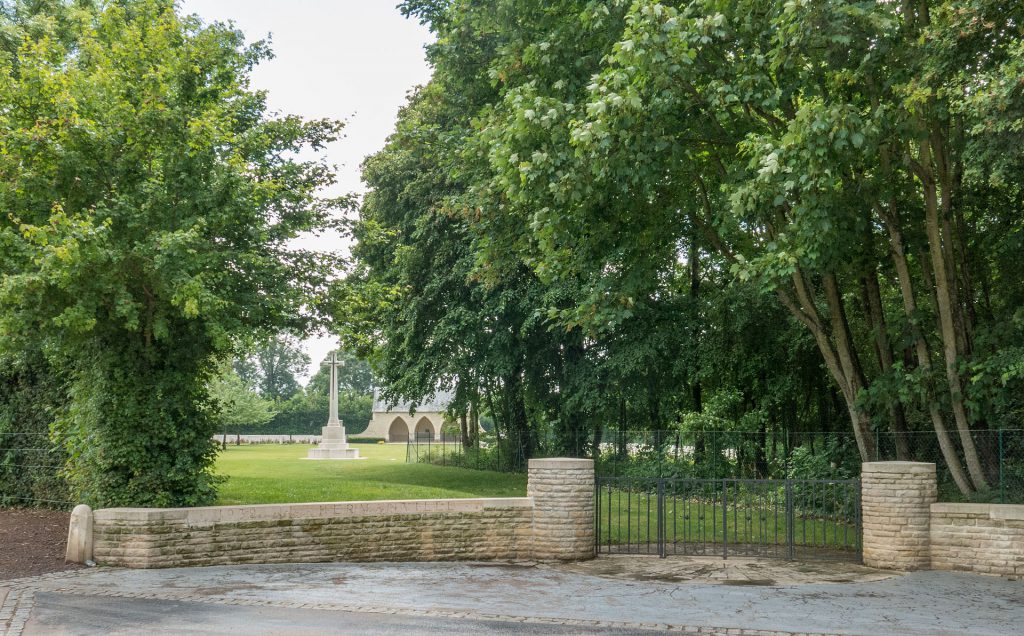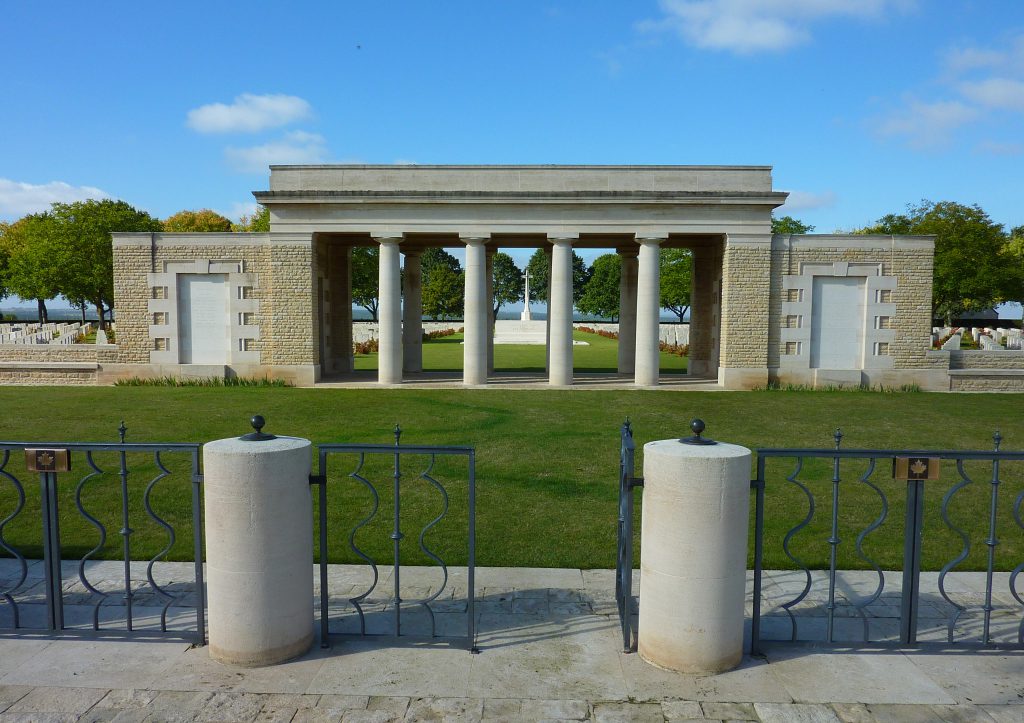THE CANADIAN SCOTTISH REGIMENT
THE CANADIAN SCOTTISH REGIMENT

Information
Personal motivation and who I am
My name is Edwin van der Wolf and I am since September 2011 a voluntary desk clerk, guide and researcher at the Information Centre Canadian Cemetery Holten, East Holland.
I was born and grow up in the town of Deventer, East Holland. and live now in the town of Hattem, East Holland and both places are coincidental liberated in April 1945 by the Canadian Scottish Regiment of Victoria British Columbia. And I have since the placing of a plaque for their liberation in Hattem in 2005 a very good bond with them by my research work for the regiment by searching for details of the soldier profiles of the 394 fallen and deadly wounded soldiers of them during the advance through door NW Europe. I received yet therefore as the only European ever of them in June 2018 the Jack Fawcett Award of the Regimental Association and thereafter from the Canadian Ambassador Mrs. Sabine Nölke in July 2019 in the Hague the Sovereign’s Medal for Volunteers for my general research work in Holten. And I am besides from October 2012 a Complimentary member of the Canadian Scottish Regimental Association.
I have yet been with my oldest son to the Juno landing Beach in Normandy in August 2019 and visited there 3 Canadian and 5 English cemeteries where the fallen soldiers of the Canadian Scottish Regiment are buried. And I was so touched then that I decided to write down all the 394 soldier profiles of them with help of their service files and put them thereafter at a professional website. They are buried too in England (16 ), at 8 cemeteries in France (207), at 1 Canadian cemetery in Belgium (38) and at 2 Canadian cemeteries in Holland (124) and the missed soldiers are at the Memorials in Bayeux (4) and Groesbeek (5).
I appeared to me a good and unique idea and due to the 75 liberation too to put all these soldier profiles at an own website to show every interested people and of course the Canadian families what their loved ones have done and the big sacrifices for peace and the liberation in NW Europe. And the regiment has given their permission for this site.


The Canadian Scottish Regiment
Project 44
CWGC:
Ancestry:
Find a grave
The Canadian Virtual War Memorial
Traces of War
The Royal Canadian Legion oo5
Welcome Again Veterans
Joël Stoppels Battlefieldtours Groningen
Bert Eikelenboom Liberation Tour
Edwin Popken Battlefield Discovery
Liberation Route Europe
Holten Canadian War Cemetery
Groesbeek Canadian War Cemetery
Groesbeek Memorial
Adegem Canadian War Cemetery
Beny SurMer Canadian War Cemetery
Bretteville Sur Laize Canadian War Cemetery
Calais Canadian War Cemetery, Leurbringhen
Hermanville War Cemetery
Hottot les Bagues War Cemetery
La Delivrande War Cemetery, Douvres
Ryes War Cemetey, Bazenville
Brookwood Military Cemetery
Bayeux War Cemetery
Bayeux Memorial
Leave us a message using the form below.
We will then contact you as soon as possible.
Fields with * are obligated
Donations for the website of the Canadian Scottish Regiment.
The website of the Canadian Scottish Regiment cost of course some money for webhosting etc. and who wants to give the maker a little financial support could deposite money to the following bank: NL41INGB0001690380 BIC/Swiftcode INGBNL2A of Edwin van der Wolf, De Netelhorst 7, 8051 KE Hattem, Holland with mentioned donation for the CSR website

World War 1
The Canadian Scottish Regiment was founded in 1912 and fought with the 16th Battalion in WW 1 in NW Europe.
World War 2
Details of the regiment were placed on active service on September 1, 1939 for local protective duty, and on May 24, 1940 it was mobilized as the 1st Battalion, The Canadian Scottish Regiment CASF. Both NPAM battalions of the regiment were well represented in the formation of this unit, although more than half of its first 750 members were recruits. Training began at Macaulay Point Barracks on Vancouver Island and continued at Debert, Nova Scotia. In June 1940, Wallace, the regimental St. Bernard mascot ‘enlisted’. (Today we have Wallace VI. who lives in Victoria)
On August 25, 1941, after training in Debert, the 1st Battalion boarded ship for England, docking at Glasgow at the beginning of September. HRH Princess Mary inspected it on September 23, 1941. Friendships were struck up with The Royal Scots of the UK, who adopted and kept Wallace in Edinburgh Castle for the duration of the war. Two years and nine months of training in southern England would ensue before it would be able to take part in the liberation of North West Europe.
The Canadian Scottish boarded assault ships in June 3, 1944. One company landed in Normandy on June 6th (D-Day) as a component of the 7th Infantry Brigade, 3rd Canadian Infantry Division. The main body, under Lieutenant-Colonel F.N. Cabledu, followed in 7th Brigade reserve and passed through the other two battalions. With the Scottish in the lead, the assaulting brigade advance a total of six miles farther inland than any other assaulting brigade of the British Second Army. Its first twelve hours of action had cost the battalion 87 casualties against an estimated 200 inflicted on the enemy.
One of the battalion’s last actions of war was the clearing of the Dutch village of Wagenborgen (municipality Delfzijl) . It first attacked on April 21, 1945 with only one company, but that proved insufficient. Two days later it successfully attacked with three companies and beat off repeat counter-attacks. Canadian Scottish casualties at Wagenborgen were 23 killed and 41 wounded. Estimated enemy casualties, as on D-Day, were 200. In 1958 the regiment received 17 Second World War battle honours, but Wagenborgen was not among them. Thirty years later, a former commanding officer succeeded in having the error rectified.
Many battle honours were earned as the regiment passed through France, Belgium, and Holland and over the Rhine into West Germany and later NW Germany. Lieutenant-Colonel D.G. Crofton accepted for formal surrender of all German Forces in Calais after bloody battle on October 1944. On November 2, he accepted the pistol of the commanding officer of the German forces of Cadzand in Holland, taking over 800 prisoners. Lieutenant-Colonel Crofton was wounded in Niel, West Germany on February 8, 1945. His successor, Major LS Henderson (later Colonel) was preparing to assault Aurich (NW Germany) on May 5, 1945 when news of Germany’s surrender was received. Returning to Canada, the active role of the 1st Battalion ended on January 15, 1946, when it reverted to reserve status.
Its motto, ”Deas Gu Cath”
COLONEL-IN-CHIEF is Her Royal Highness Princess Alexandra
The Honourable Mrs. Angus Ogilvy, GCVO, CD
AUTHORIZED MARCHES
All the Blue Bonnets are Over the Border
REGIMENTAL COLOURS
Three equal horizontal bars of colour with Scarlet Red over Dark Blue over Hunter Green
BGen (retired) Michael Heppell, CStJ, CD, former CO The Canadian Scottish Regiment (Princess Mary’s)
Albert Boode chairman of the Information Centre Canadian Cemetery Holten
Alice van Bekkum president of Faces to Graves Groesbeek
Joël Stoppels owner/guide Battlefield tours Groningen and project manager Liberation Route Europe
Wendy Sewell Assistant Defence Attaché Dutch Embassy Ottawa
Drs. Jan Willem Wiggers former mayor Hattem
Edwin-CSR-Albert-Boode-6-4-020-en.pdf













